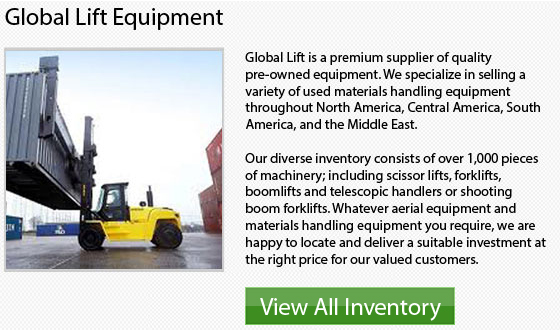
There are 7 various classes of lift trucks available on the market. Several classes, including I, II, III and IV are specially engineered and designed for use indoors on smooth surfaces. They could be chosen for particular factors of recycling that happen in those kinds of environments. For more intensive outdoor recycling applications, categories VII and V lift trucks are usually used.
A lot of businesses have several or all of their operations outdoors and need to deal with workloads considered extreme. Their forklift selection would gravitate toward Internal Combustion equipment in Class V and Class VII. These models work well in any kind of climate and have sufficient power to run heavy things during the course of a shift.
A different key thing to take into consideration is to utilize a forklift safely. Understanding and acknowledging the center of gravity is really necessary when driving a forklift, specifically while traveling on uneven terrain. Recognizing the stability triangle in these difficult work conditions is also very important.
Manufacturing operations, warehouses, and the supply area for many textile firms could have various kinds of reach trucks. Using a reach truck to store finished merchandise on pallets, a range of supplies and other pieces of equipment is common. These equipment help to keep a facility organized and allow them to utilize the maximum amount of space by stacking vertically. Reach trucks are quite easy to operate. They could help make better use of both available storage area and time.
If you are going to be utilizing your forklift machine 4 to 8 hours per day, it is extremely better to purchase new. The warranty alone could come in handy with such continuous use. If, on the other hand, you are just loading and unloading not very often or on a bi-weekly basis, then a used model could be suitable for your requirements. Each and every situation is different and you should evaluate your personal requirements prior to selecting a suitable equipment.